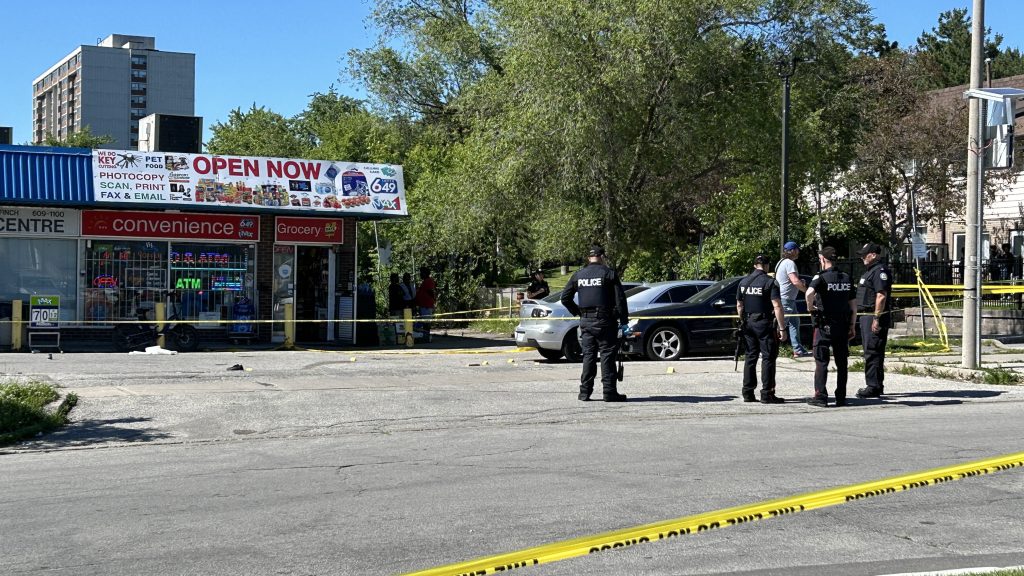City opts for people-first approach over enforcement on homeless encampments
Posted May 22, 2024 5:23 pm.
Last Updated May 22, 2024 10:39 pm.
The City of Toronto plans to evolve its strategy on encampments and support for those experiencing homelessness, saying its goal is a people-first approach rather than turn to enforcement.
The report proposes that Toronto move to clear homeless encampments only as a “last resort,” and with at least 72 hours of notice.
“The approach here is not to start with enforcement and not even to prioritize enforcement,” said Coun. Alejandra Bravo, the chair of the city’s Economic and Community Development Committee.
Encampments cropped up in many of the city’s parks when the COVID-19 pandemic hit in 2020, as people left shelters out of fear of contracting the virus.
Last year, Toronto’s ombudsman found the city caused unnecessary harm and showed a lack of respect for those living in parks when it cleared three homeless encampments in the summer of 2021.
Bravo says the city has completed 28 of the ombudsman’s 31 recommendations, and work is ongoing to address the remaining three.
The city’s updated encampment strategy includes expanding the outreach model used at Dufferin Grove and Allan Gardens to additional encampment sites. That model includes having mental health and primary care support visits on a scheduled basis, having case managers dedicated to coming up with housing plans, and deploying a trailer on site which staff can work out of seven days a week.
“At Allen Gardens as of May 17, 97 people have moved from that park into housing with supports. Another 320 people have been referred into shelter system,” said Gord Tanner, the general manager of the city’s shelter services. “We are now down to about nine encampments from a high of about 84 in July of last year.”
The approach also explores new service models as part of the Homelessness Services Capital Infrastructure Strategy which works to lower barriers to indoor spaces such as respite sites and move toward smaller shelters to increase safety and stability, developing a Shelter Safety Action Plan, increasing permanent housing opportunities and working to move people more easily from shelters into housing so more people from encampments can be offered indoor spaces.
The new report, however, does not completely rule out enforcement.
“If there’s an immediate threat to a person or to people around them, that would be a situation where I could see some kind of enforcement being necessary,” explained Bravo.
The pressure on the shelter system in Toronto has yet to ease amid housing affordability and mental health crises. On top of that, the city says it’s currently sheltering about 6,400 refugee claimants in and out of the shelter system with more continuing to arrive.
The city says it will continue to secure funding from other governments to settle refugee claimants, expand shelter operations and increase affordable housing, particularly funding from the Canada-Ontario Housing Benefit which they say will allow them to move 300 households each month from the shelter system into permanent housing.
“There’s not a right to live in a park or in a public space and our expectation is folks are working with us or we’re bringing them the supports they need to connect with to make that move into housing,” said Tanner.
The report is scheduled to be presented to the Economic and Community Development Committee on May 29 before it heads to the full council for consideration at the end of June.








